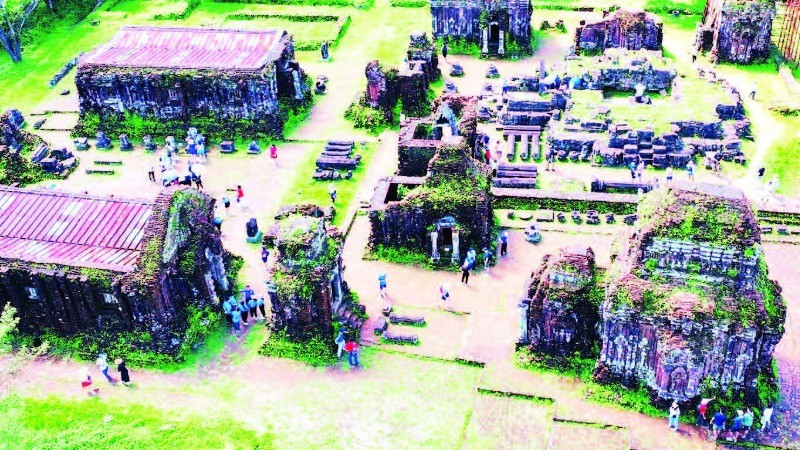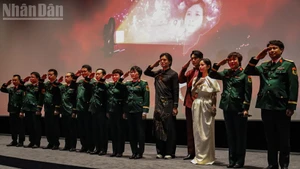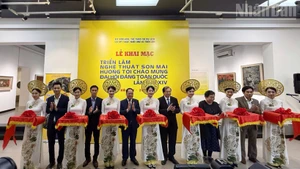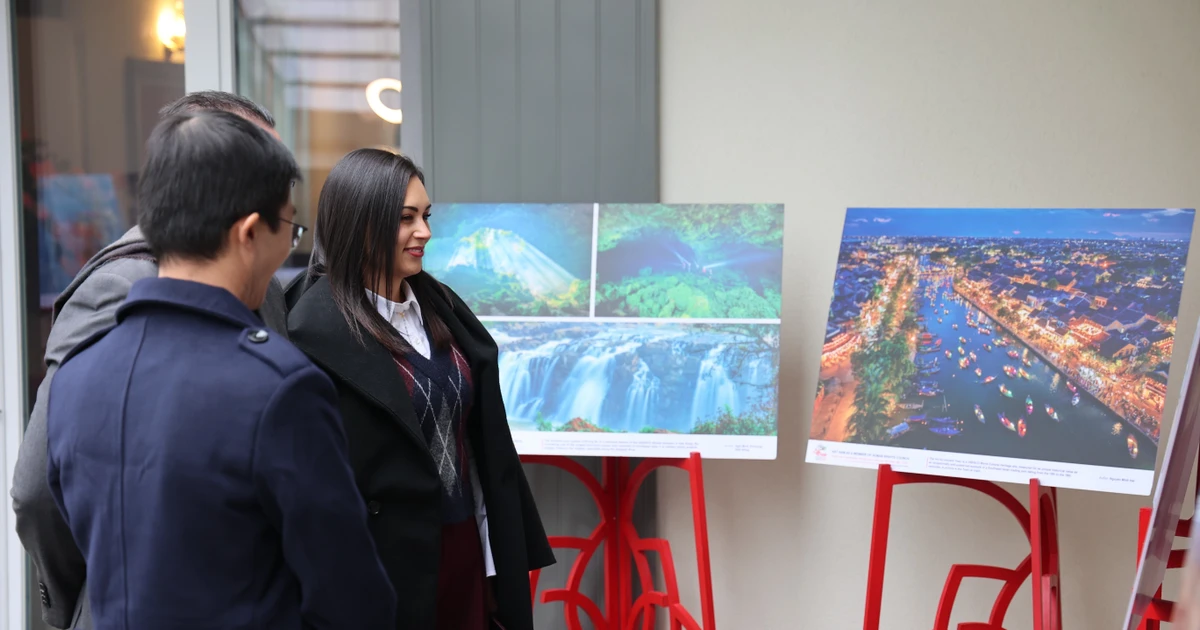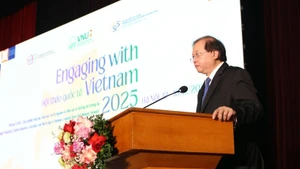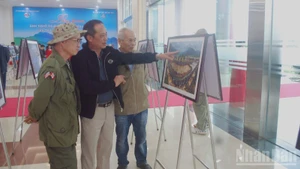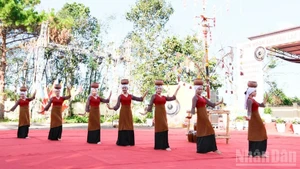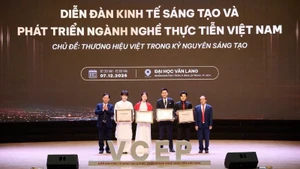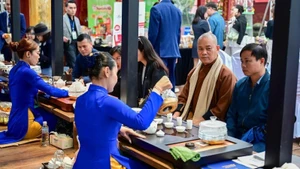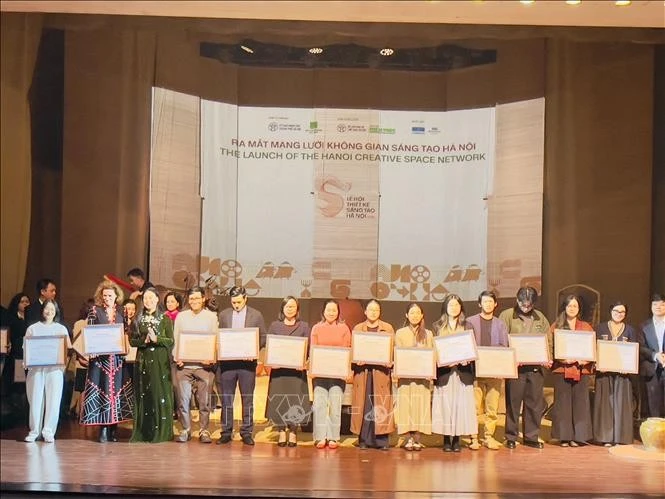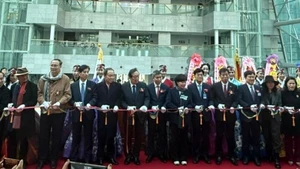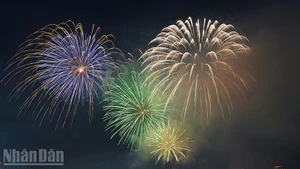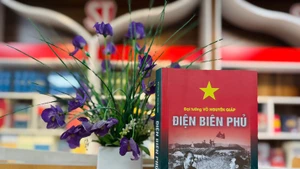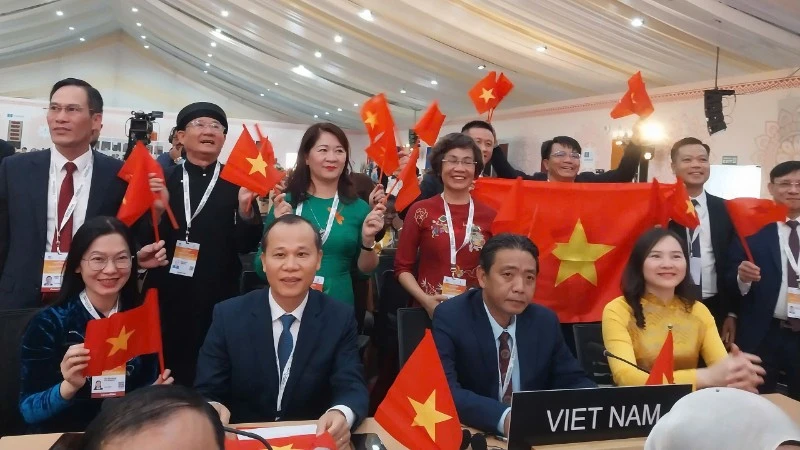Over the more than 25 years since being honoured as a World Cultural Heritage site, thanks to the correct conservation strategy, My Son has become a model in heritage preservation and promotion, deserving of its status as a precious cultural, historical and architectural asset of humanity.
A model in conservation work
With more than 70 temple and towers built from the late 4th century to the 13th century, My Son is an architectural complex carrying exceptional historical, cultural and artistic values of the once-flourishing Champa civilisation. Despite suffering severe damage from time and war, the remaining ruins at My Son still play an important role in world historical, cultural and architectural heritage.
Over the past 25 years, thanks to assistance and extensive cooperation with international organisations and domestic agencies such as UNESCO; JICA (Japan); Lerici Foundation (Italy); ASI Institute (India); the governments of Italy, India, and Poland; the Institute for Conservation of Monuments; the Institute of Archaeology; and the Department of Cultural Heritage, most of the temple architectural structures in My Son have been preserved and firmly restored.
Notable examples include the UNESCO-Vietnam-Italy trilateral cooperation project on reinforcement against deterioration and gradual restoration of the original state of tower group G; the Khe The Stream archaeological excavation project; the E7 Tower restoration project; and the conservation and restoration project of tower groups K, H, and A under the India project; making significant contributions to revitalising the My Son architectural system after hundreds of years of neglect.
Notably, the conservation and restoration project of tower groups K, H, and A under the India project implemented from 2016-2022 achieved important results in restoration, excavation and archaeology, including the 24m hight A1 architecture — My Son's masterpiece, which was restored to its original form. During the process, 734 valuable artefacts were discovered, including the My Son A10 altar which was recognised as a national treasure in 2022.
Nguyen Cong Khiet, Director of the My Son Cultural Heritage Management Board, shared that the process has contributed to enhancing management and professional capacity for staff, creating conditions to build and form a skilled workforce for monument conservation.
The completion of the renovation and restoration of the K, H, and A tower areas not only addressed the damage and deterioration of the monuments but also contributed to restoring and completing the architectural space of My Son. The assistance and cooperation from domestic and international organisations have demonstrated a model in the conservation of Cham towers, especially regarding the ancient brick materials of the Cham people.
Nguyen Thanh Hong, Director of the Quang Nam Department of Culture, Sports and Tourism, assessed that the management and conservation of My Son has achieved extremely important results over the past 25 years. The legal foundation for My Son's conservation has been increasingly strengthened, and direct intervention through restoration and renovation has helped the monuments gradually move from a state of ruin to stability and sustainability. The cooperation process has created valuable premises and experiences in the management, conservation and restoration of Cham monuments in general and My Son in particular.
Promoting heritage values
The My Son Temple Complex was classified as a national site in 1979 and recognised as a special national site in 2009. In December 1999, UNESCO officially recognised My Son as a World Cultural Heritage site. It is currently one of eight World Cultural Heritage sites in Vietnam.
Along with conservation, the promotion of My Son heritage values has also achieved remarkable success with important results from infrastructure investment to tourism product development.
20 years ago, annual visitors to My Son numbered only a few hundred, while today the figure reaches more than 450,000. In recent years, the average growth rate has exceeded 10%, with an increasing diversity in the sources of visitors. In 2024, the number of tourists to My Son grew by over 21%, with revenue from tourism services reaching over 70 billion VND.
Phan Xuan Canh, Chairman of Duy Xuyen District, said that in recent years, the management, protection and promotion of My Son has always received attention and guidance from central ministries and agencies. The fact that visitor numbers consistently exceed annual targets has contributed to local socio-economic development.
In addition to tangible cultural heritage, intangible cultural values are also preserved, maintained, and promoted by the locality. In addition to continuing investment, research, and strengthening scientific foundations to preserve and maintain intangible culture in an area deeply marked by Cham culture, the promotion of Cham folk values is regularly emphasised.
Over the past 25 years, the most outstanding achievement in intangible cultural conservation has been the successful development of the My Son Cham dance brand. The unit also organises develops artistic programmes for events and festivals such as My Son Magical Night, Heritage Journeys, Spring Festival by the Ancient Towers, Heritage Festival, and events commemorating the 5th, 10th, 15th, 20th and 25th anniversary of UNESCO recognition, creating distinctive tourism products and cultural events.
Quang Nam Province and Duy Xuyen District have issued resolutions along with programmes and plans to effectively implement the task of conserving and promoting My Son heritage values with medium and long-term vision, facilitating conservation and tourism development at My Son.
According to Nguyen Thanh Hong, Director of the Quang Nam Department of Culture, Sports and Tourism, the promotion of heritage values with established tourism products has affirmed the My Son heritage destination brand on the tourism map of Quang Nam and central Vietnam, with influence extending to surrounding areas.
This harmoniously resolves the balance between conserving and promoting heritage values while improving people’s lives, especially those living in the heritage area. The people are growing increasingly attached to their responsibility towards the heritage, contributing to the socio-economic development of the locality and increasing budget revenue.
